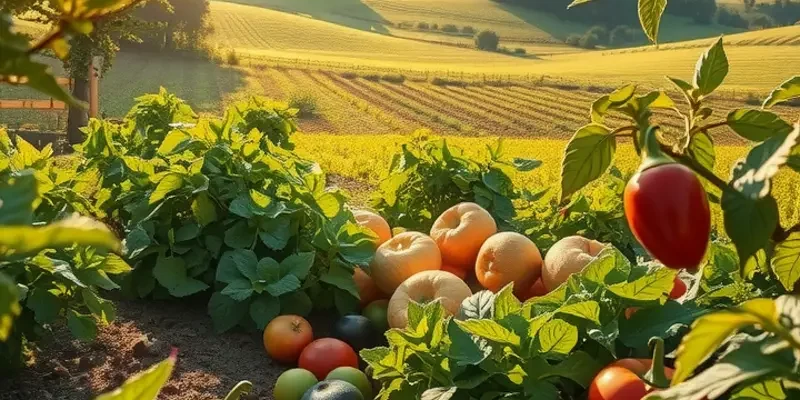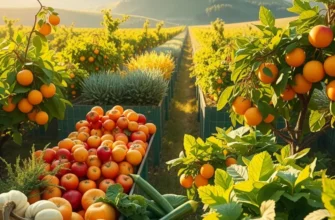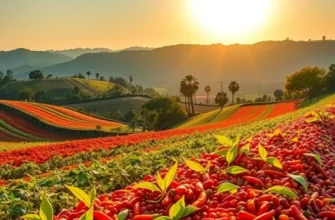Across the globe, cooking is a ritual steeped in culture and community. Each cuisine carries the traditions, values, and stories of its people, transforming simple ingredients into meals that bind families and friends. From the meticulous preparation of Japanese sushi to the lively gathering of family around a Mexican fiesta, these global practices reveal the heart and soul behind the cooking. Join us on an adventurous gastronomic exploration through unique culinary rituals that celebrate heritage and bring people together.
The Art of Japanese Sushi Making
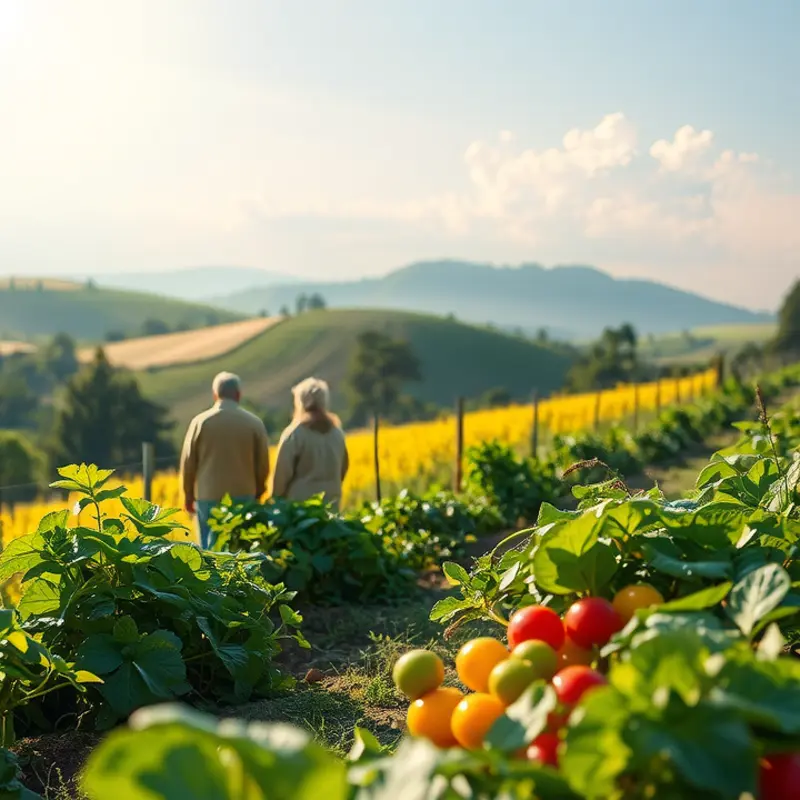
Sushi making in Japan transcends mere culinary execution, embodying an art form deeply rooted in tradition and philosophy. At the heart of this practice lies an unwavering commitment to precision and respect for ingredients. These principles not only guide sushi chefs but are also revered in Japanese households, especially during celebrations and daily meals.
The journey begins with rice, often considered the soul of sushi. The selection of the correct rice variety, primarily short-grain, ensures the ideal texture and stickiness needed. The process of washing, soaking, and cooking rice requires a delicate rhythm, one dictated by generations of practice. Once cooked, the rice is seasoned with a balanced mix of vinegar, sugar, and salt. Stirring the rice with a wooden paddle, one must take care to cool it swiftly to room temperature while maintaining each grain’s integrity.
Equally critical is the selection of fish, an element celebrated for its freshness. In Japan, the notion of “shun”—choosing ingredients at their peak—embodies the seasonality and freshness essential to sushi. Each type of fish boasts unique characteristics, requiring careful handling. Tuna’s deep umami flavors, for example, are best highlighted through gentle slicing, respecting its delicate texture.
The rituals extend beyond ingredients, weaving into the community and family life. Sushi-making encourages communal participation, turning a meal into a shared experience. Family members often gather to roll sushi, with each person contributing to different stages of the process. This collective preparation fosters bonds, creating memories that resonate through generations.
Moreover, the methodical preparation embodies a form of mindfulness, where practitioners immerse themselves in the present moment. This aspect aligns with principles of mindful eating, encouraging individuals to appreciate the ingredients and effort in each bite fully.
Ultimately, sushi-making in Japan is far more than crafting edible art. It’s a meditative practice and a celebration of life’s fleeting yet profound moments. As sushi artisans share their creations, they offer a narrative of respect, tradition, and unity—ingredients that truly nourish the soul.
Celebrating Life with a Mexican Fiesta
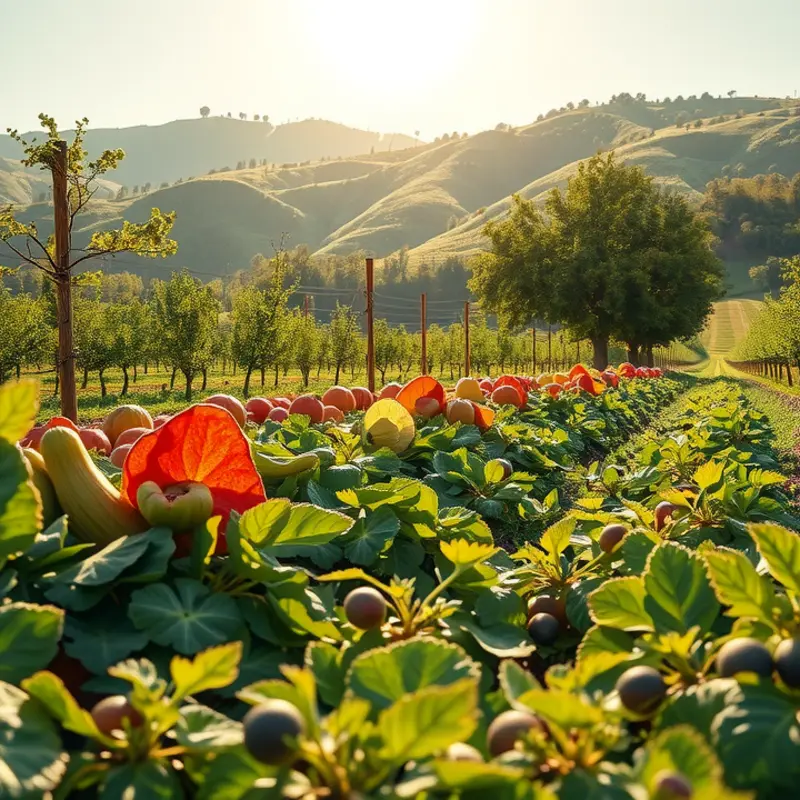
A Mexican fiesta is a sensory explosion, an orchestra of colors, sounds, and, most importantly, flavors. Central to any fiesta are the culinary traditions that transform the gathering into a cherished experience. Fiesta goers revel in an array of vibrant dishes like tamales and mole, each one a testament to history and family.
Tamale preparation is an art, often spawning delightful memories as generations come together. Families gather to spread masa onto corn husks, filling them with seasoned meats or vegetables. The tamales are then wrapped and steamed, their aroma filling the home with a warmth that beckons community members to the kitchen.
Crafting mole, a complex sauce with myriad ingredients, reflects the diverse influences of Mexican cuisine. The process involves roasting and grinding chilies, spices, and chocolate. Each family’s recipe tells a unique story, often passed down through generations. The labor-intensive steps required create bonds between those preparing it, aligning hearts towards gratitude and celebration.
The vibrant backdrop of a fiesta, often adorned with colorful papel picado and lively music, enhances the communal spirit. Music, ranging from mariachi to contemporary tunes, interweaves with the sizzling sounds from the kitchen, creating a soundscape that is quintessentially Mexican. Such gatherings epitomize the joy and togetherness that food can instill.
Fiestas also nurture relationships by embracing the communal nature of preparation. Whole communities often share roles, from selecting the freshest ingredients in bustling markets to tending to simmering pots. This collaboration fosters a connectedness that brings villagers close, building social ties forging lifelong camaraderie.
Through food, fiestas celebrate life’s milestones, whether they be weddings, birthdays, or local holidays. These gatherings reflect core values, emphasizing gratitude and the joy of shared experiences. The act of cooking transforms from routine to ritual, crafting cultural identity and continuity.
For readers seeking a more in-depth look at the global culinary tapestry, exploring related influences via trade and historical context can add depth to understanding these vibrant cultures. Dive into the cultural connections in food by exploring culinary influences in trade for similar insights that shape culinary practices worldwide.
An essence of joy permeates every part of a Mexican fiesta. As attendees raise their voices in laughter and song, savoring each bite among friends and family, they engage in a time-honored tradition. These moments, at once fleeting and eternal, celebrate life and the way food unites humanity at the table.
Final words
Food is more than nourishment; it’s a powerful symbol of culture, identity, and community. Through the rituals of sushi-making in Japan and the joyous gatherings of a Mexican fiesta, we see how culinary traditions shape social bonds and celebrate heritage. These experiences reflect the rich tapestry of human existence, where every dish tells a story and every meal becomes a cherished moment to be shared. By embracing global culinary practices, we not only expand our palates but also enrich our understanding and appreciation of different cultures. So next time you gather around a meal, take a moment to appreciate the rituals and stories that have shaped those ingredients and brought people together across generations.

